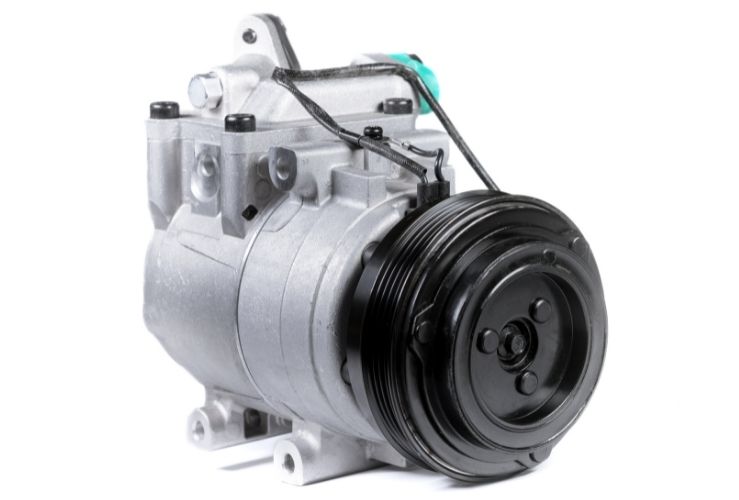Having air conditioning in your car is a god-send during warmer months - especially if you drive often, or undertake longer journeys.
But AC systems require a certain degree of tender loving care in order to work optimally. A well-maintained air-con system should last many years.
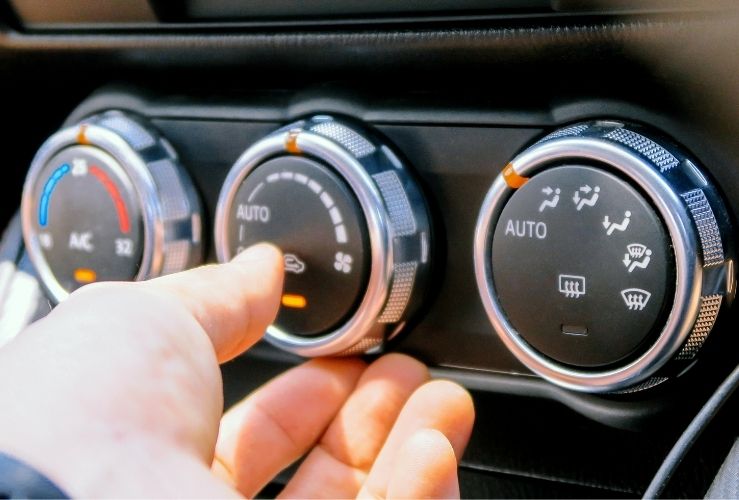
Here are a few ways to check your AC is working as it should.
Note: You should always check your vehicle handbook for any fault remedy before carrying out any work on your vehicle. If you are unsure of what is required to fix any problems, please consult a professional.
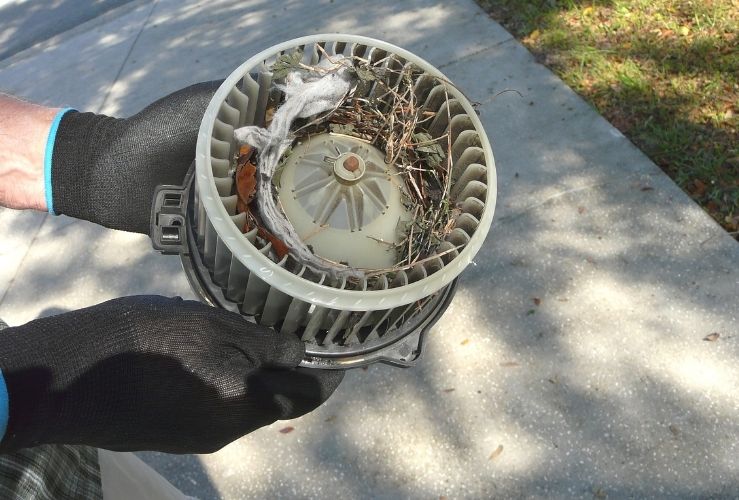
Check the fans are working
Turn on the AC full blast, then go under the bonnet and check the radiator fans are working. Your car will have either one or two radiator fans. There needs to be a sufficient amount of airflow to ensure the air conditioning condenser remains cool, so it can transfer cool air into the cabin of your car.
What if one of my radiator fans is broken?
If you have two fans but one is broken, your AC system will still function - but not as well on warmer days. Additionally, it will strain the compressor and make it burn out quicker. It's important to ensure both fans are working in a two-fan system.
If you have a one-fan system and the fan is broken, you need to get it fixed - or your AC system won’t work and will suffer long-term damage.
Replacing burnt out fans
For those with some mechanical experience, it's fairly easy to remove and replace a burnt-out fan. They are usually attached by four bolts.
It's not uncommon for a car owner to take their vehicle to the garage to fix the air conditioning compressor, only to find their fans have been long broken too, which may have caused the compressor to burn out. It is therefore important to check the fans first.
Remove debris
Open your bonnet and check for leaves and other debris. You don’t want debris to be sucked into the intake, where it can jam up the AC evaporator and reduce the efficiency of your entire AC system.
Check the AC condenser for debris
The AC condenser - which may look like a radiator - should be clear of debris such as flies and grime. Debris on the condenser will reduce the AC’s efficiency - so hose down the condenser periodically.
Sign of AC faults
Compressor: Click vs rumble
In most cars, when you turn over the engine with AC on, you'll hear a loud click - this is the compressor switching on. If however you hear a rumbling sound, this could mean the compressor is close to burning out.
Compressor: Hissing noise
You may hear a hissing noise behind the dashboard as the compressor cuts in and out. This could mean you’re running low on fuel. This situation could result in irregular AC temperatures.
Musty/damp smell
If a musty smell enters the cabin, or your allergies are triggered, there may be a buildup of mildew/bacteria in the system.
An unusual smell might also mean that the evaporator is leaking.
Check the AC's performance
To do this, place an electronic thermometer into the air vent. Set the fan to first or second speed, and have the system on “recirculate”. The temperature should read below 8 degrees, but will fluctuate as the system runs through its cycle; as the compressor cuts in and out. The AC system must cut out, or the evaporator will freeze up.
If the thermometer reads below 5 degrees you could have a problem. It either means your thermistor is broken, or, more likely, your cabin air filter is blocked up. A blocked up cabin filter could cause the evaporator to freeze up.
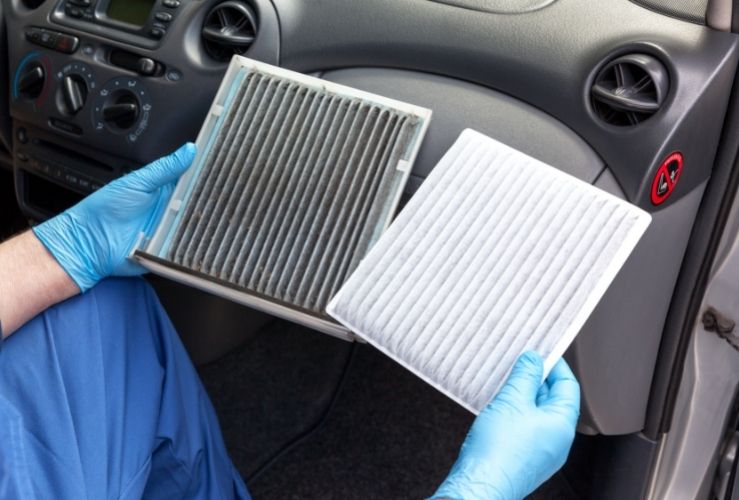
Cabin air filters are less common on older cars. But in newer cars, you'll find the cabin air filter below the glove box cavity. You'll need to remove the bottom splash panel off to access it. The cabin air filter is a square-shaped frame containing concertinaed filter fabric. If it's dirty, replacing it should improve the efficiency of your AC system - and reduce musty smells.
Because cabin air filters are hidden away, many people don't think to check them. But it’s a good idea to take a look and clear away any debris - replacing the filter if need be. This should ideally be done before the warmer weather sets in, and rechecked every few months.
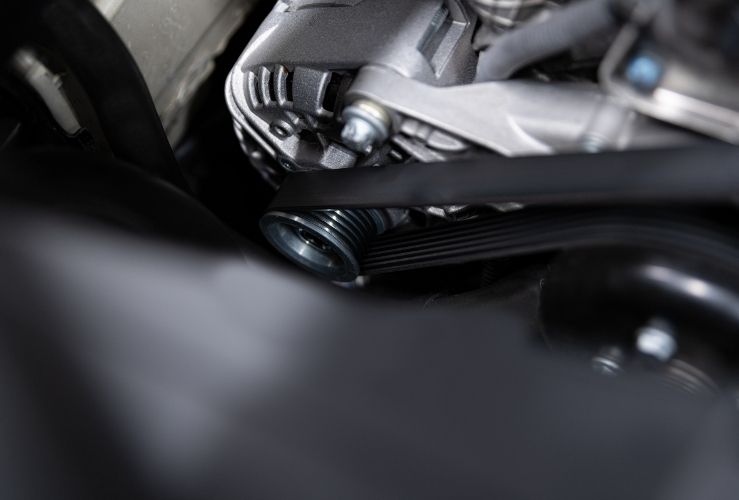
Ensure fan belt is in good working order
Make sure your fan belt is tight and isn’t cracked. A loose or damaged fan belt will slip, causing the compressor to slip as well - thereby reducing your AC's efficiency. It might also cause the compressor to work harder, increasing the chances of a premature burn out.
Check the refrigerant
It's not possible to check your refrigerant level unless you have a set of AC gauges. Be aware that all compressors release a small amount of refrigerant. This is perfectly normal. If there was no leakage, the compressor would run dry - and burn out. The upshot of this is that your refrigerant will run out sooner or later.
A new car should have enough refrigerant for four or five years. If you need to top up refrigerant every couple months, however, then you have a leak.

How to check refrigerant with an AC pressure gauge
Add the low pressure gauge to the low side, and the high pressure gauge to the high side. Next, start the car's engine. If the gauge shows 30-40 lbs on the low side, and 150-200 lbs on the high side, you have sufficient refrigerant.
Of course, your local garage can do these checks for you - and top up the refrigerant as needed.



